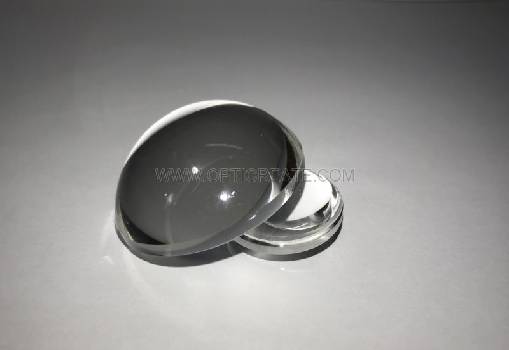 Jan. 11, 2021
Jan. 11, 2021
Spherical Lens Suppliers introduced the knowledge about aspheric lenses
The most significant advantage brought by the aspheric lens is that it can correct spherical aberration. Spherical aberration is caused by using a spherical surface to focus or align light. Therefore, in other words, all spherical surfaces, regardless of whether there are any measurement errors or manufacturing errors, will have spherical aberration. Therefore, they will need a non-spherical or aspherical surface to correct it. By adjusting the conic constant and aspheric coefficients, any aspheric lens can be optimized to minimize aberrations.
Although there are many different technologies on the market to correct the aberrations caused by the spherical surface, these other technologies are far less than what an aspheric lens can provide in terms of imaging performance and flexibility. Another widely used technique involves increasing f/# by "shrinking" the lens. Although this can improve the image quality, it will also reduce the luminous flux in the system. Therefore, there is a trade-off between the two.

Aspheric Lens
On the other hand, when an Aspheric Lens is used, its additional aberration correction allows users to achieve high luminous flux system design while still maintaining good image quality. The image degradation caused by the higher luminous flux design is sustainable, because the performance provided by a slightly reduced image quality will still be higher than that of the spherical system.
Aspheric lenses allow optical element designers to use fewer optical elements to correct aberrations than traditional spherical elements, because the former provide them with more aberration corrections than the latter can provide with multiple surfaces. .
Optical Systems that use more optical components may negatively affect optical and mechanical parameters, resulting in more expensive mechanical tolerances, additional calibration steps, and more AR coating requirements.